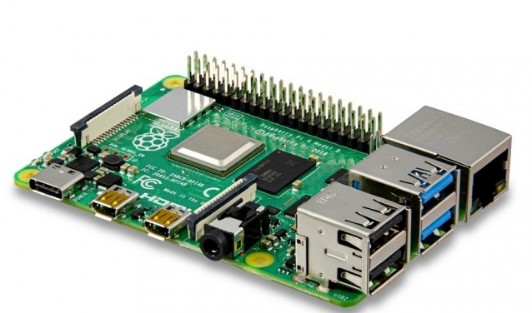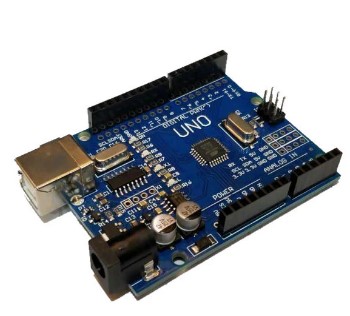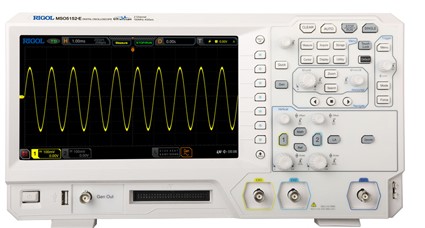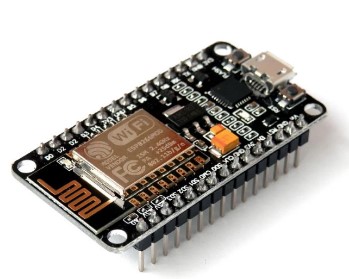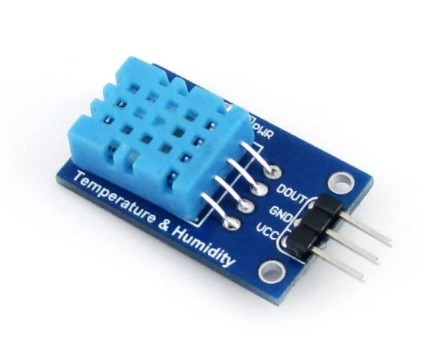IoT Lab
|
Objectives: Internet of Things is a technological revolution, which is totally a dynamic in nature. It has been converging multiple technologies creating new dimension of services that improves the quality of life of consumers and productivity of enterprises. The main objective of an IoT lab is to explore the many applications of sensors and "smart" objects. IoT labs have many sensors to explore a variety of applications. The IoT lab is equipped with Arduino, Raspberry Pi and NodeMCU ESP 8266 in addition to wi-fi, BLE, shields and other connectivity modules. Lot many sensors in the lab to explore myriad of applications. The campus is equipped with 24x7 wired and wireless internet connectivity. |
|
|
1. Raspberry Pi:
The Raspberry Pi is a small, low-cost computer that is about the size of a debit card. It has a processor, memory, and graphics driver, and can connect to a TV or computer desktop using a keyboard and mouse. The Raspberry Pi can browse the internet, stream HD video, and do word processing, spreadsheets, and gaming, just like a desktop computer. It can also communicate with the outside world and has been used in many digital maker projects, such as weather stations, music machines.
2. Arduino Uno:
Arduino Uno is a microcontroller board based on the ATmega328P (datasheet). It has 14 digital input/output pins (of which 6 can be used as PWM outputs), 6 analog inputs, a 16 MHz ceramic resonator.
5. Ultrasonic Sensor
Ultrasonic sensors are electronic devices that determine a target’s distance. They work by emitting ultrasonic sound waves and converting those waves into electrical signals. Furthermore, ultrasonic travel at a faster rate than audible sounds. Therefore, ultrasonic sensor work involves sound waves to find the distance to an item.
6. Digital Oscilloscope
A digital storage oscilloscope (DSO) is an oscilloscope which stores and analyses the input signal digitally rather than using analog techniques. It is now the most common type of oscilloscope in use because of the advanced trigger, storage, display and measurement features which it typically provides.
|
3. NodeMCU ESP 8266
NodeMCU ESP8266 is an open-source Lua based firmware and development board specially targeted for IoT based applications. It includes firmware that runs on the ESP8266 Wi-Fi SoC from Espressif Systems and hardware which is based on the ESP-12 module, and like this, it can also be programmed using Arduino IDE and can act as both WiFi Hotspot or can connect to one. It has one Analog Input Pin, 16 Digital I/O pins along with the capability to connect with serial communication protocols like SPI, UART, and I2C.
4. DHT Sensor
The DHT11 is a commonly used Temperature and humidity sensor that comes with a dedicated NTC to measure temperature and an 8-bit microcontroller to output the values of temperature and humidity as serial data.
7. GSM Interface
SIM900A Modem can work with any GSM network operator SIM card just like a mobile phone with its own unique phone number. SIM900A GSM/GPRS modem is plug and play modem with RS232 serial communication supported. Hence advantage of using this modem will be that its RS232 port can be used to communicate and develop embedded applications. Applications like SMS Control, data transfer, remote control and logging can be developed. SIM900 modem supports features like voice call, SMS, Data/Fax, GPRS etc. 8. Practical Project Experiments:
|








